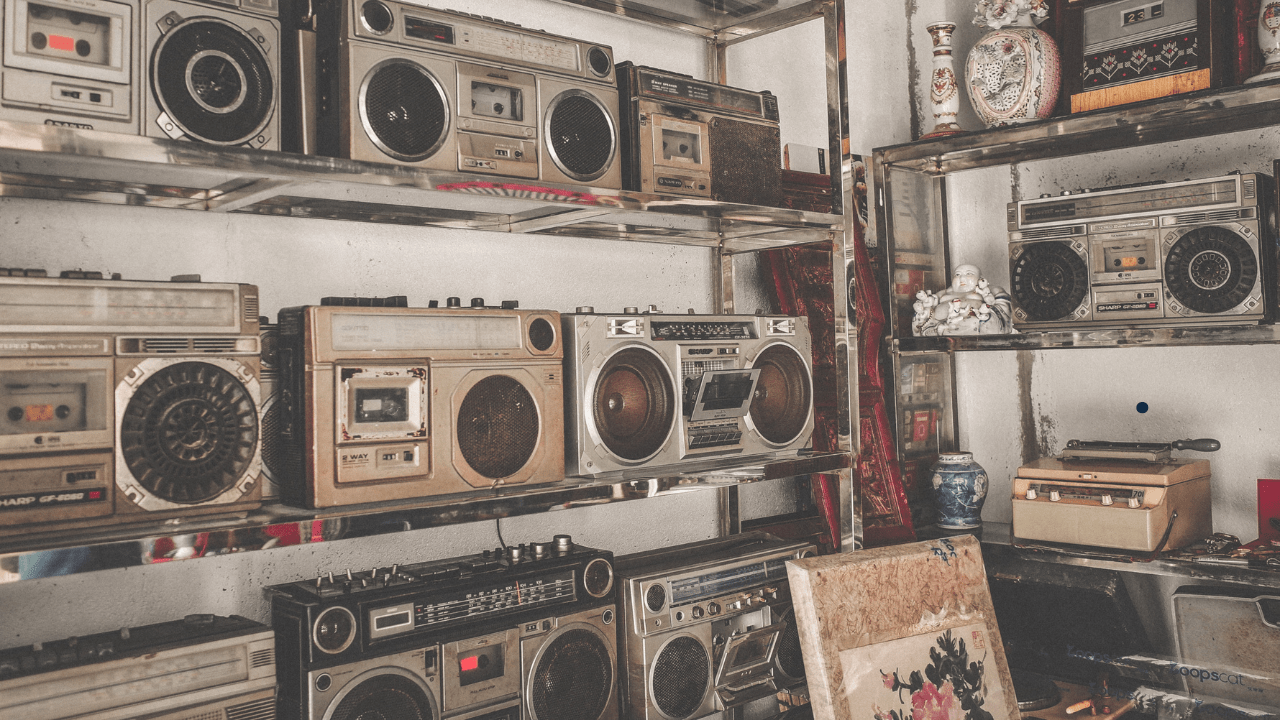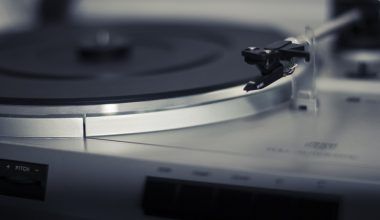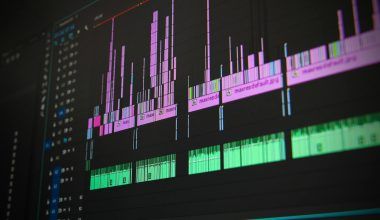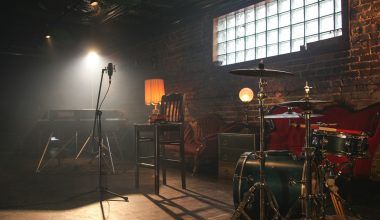Have you ever wondered why some music or movies sound so realistic? Why it feels like you’re right there, hearing things as if they’re happening around you? That’s the magic of stereo sound. It’s a way of recording and playing audio that makes it feel more natural and immersive.
In this guide, we’ll break down stereo sound in the simplest way possible. Whether you’re just curious or looking to improve your audio setup, this article will help you understand stereo sound and how it works.
What is Stereo Sound?
Stereo sound, also called stereophonic sound, is a way of creating sound using two or more audio channels. These channels usually represent the left and right sides. The purpose is to recreate how we naturally hear things in the real world, with sound coming from different directions.
For example, when you’re listening to a stereo track, you might notice that a guitar sounds louder in your right ear while a drum is more prominent on the left. This creates a sense of depth, making the experience more lifelike.
Why is Stereo Sound Important?
Stereo sound changed the way we experience audio. Before it was invented, most sound was played in mono, meaning it came from a single channel. Mono sound is flat and lacks depth, but stereo sound feels alive and full.
Here’s why stereo sound is so important:
- It feels natural. Stereo sound mimics the way our ears hear sounds in real life.
- It’s immersive. Whether you’re watching a movie or playing a game, stereo sound makes you feel like you’re part of the action.
- It’s detailed. Instruments and voices are more distinct, making the overall sound richer.
How Does Stereo Sound Work?
Stereo sound works by recording and playing audio through two channels—left and right. Here’s a simple explanation of how it’s done:
- Recording: When sound is recorded, microphones are placed at different positions to capture distinct sounds for each ear.
- Mixing: During the editing process, the audio engineer decides which sounds go to the left channel, the right channel, or both.
- Playback: When you listen to stereo sound through headphones or speakers, your ears receive slightly different sounds, creating the illusion of depth and direction.
A Brief History of Stereo Sound
Stereo sound has been around longer than you might think. It all started in the late 19th century when inventors began experimenting with binaural sound (an early version of stereo). But it wasn’t until the 1930s and 1940s that stereo sound started to gain traction.
One of the first big uses of stereo sound was in movies. Walt Disney’s Fantasia (1940) was one of the earliest films to use stereo sound, giving viewers an exciting new experience. By the 1950s, stereo became common in music and home audio systems.
What Are the Benefits of Stereo Sound?
Stereo sound isn’t just about making things louder—it’s about making them better. Here are some of the key benefits:
- Realism: You feel like you’re in the middle of the action.
- Separation: Different sounds (like vocals and instruments) are easier to distinguish.
- Enjoyment: Listening to stereo sound is simply more enjoyable than mono.
Stereo Sound in Music
Music and stereo sound are a perfect match. Artists and producers use stereo to create tracks that sound dynamic and engaging. With stereo, you can hear instruments coming from different directions, adding layers to the music.
For example, when you listen to a live concert in stereo, it feels like you’re right there in the crowd. The drums might echo from the back, while the singer’s voice is front and center.
Selling Your Music with Stereo Sound on Beatport
If you’re a musician or producer, stereo sound is essential for making your tracks sound professional. Platforms like Beatport allow artists to sell their music to DJs and fans. Tracks that are mastered in stereo sound more polished and are more likely to get noticed.
Stereo Sound in Movies and TV Shows
Have you ever watched an action movie and felt like the explosions were happening around you? That’s thanks to stereo sound.
Stereo sound makes movies and TV shows more exciting by creating directional audio. For example, if a car zooms past the camera, you’ll hear it move from one side to the other, just like in real life.
Stereo Sound in Gaming
Gaming has embraced stereo sound like no other industry. In many games, stereo sound is used to give players a sense of direction.
For example, if an enemy is approaching from the left, you’ll hear their footsteps louder in your left ear. This not only makes the game more realistic but also helps you react faster.
How to Set Up Stereo Sound at Home
Want to enjoy stereo sound at home? Here are some simple tips:
- Choose Quality Speakers or Headphones: Look for devices designed to deliver stereo sound.
- Place Your Speakers Correctly: Position them at ear level and ensure they’re spaced equally from your listening spot.
- Test Your Setup: Use stereo test tracks to check that the left and right channels are balanced.
The Future of Stereo Sound
Technology is constantly evolving, and stereo sound is evolving with it. Innovations like spatial audio and 3D sound are taking stereo to the next level. In the future, we’ll see even more realistic and immersive audio experiences.
Conclusion:
Stereo sound has changed the way we experience audio, making everything from music to movies more enjoyable. Whether you’re a casual listener or an audiophile, understanding stereo sound can help you get the most out of your listening experience.
So next time you play your favorite song or watch a movie, take a moment to appreciate the magic of stereo sound—it’s all around you.
Related Articles:
For further reading, explore these related articles:
- Stereo Speakers Meaning – Everything You Need to Know About Stereo Sound
- Mono vs Stereo: Key Differences Explained in Simple Terms
- Online Audio Mastering Made Simple: The Beginner’s Guide to Professional Music
For additional resources on music marketing and distribution, visit Deliver My Tune.






